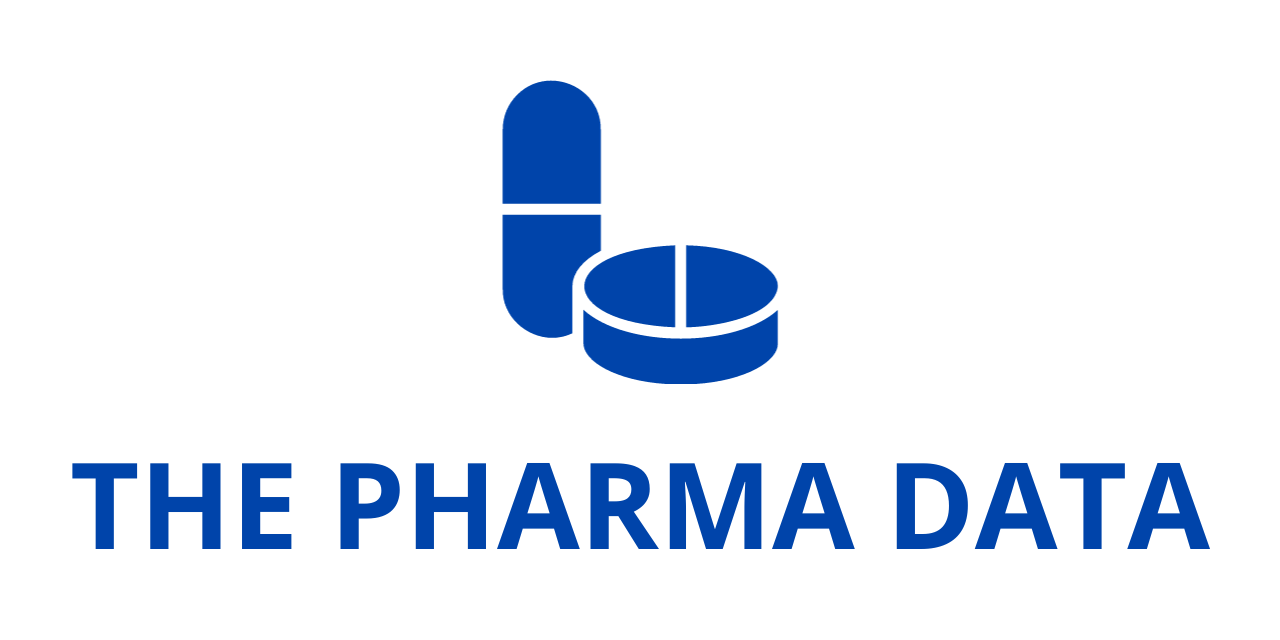
Genmab Unveils Promising Phase 1/2 Data for Rina-S® in Heavily Pretreated Advanced Endometrial Cancer at ASCO 2025
Genmab A/S, a leading biotechnology company specializing in antibody-based therapies for cancer, has announced new clinical data from the Phase 1/2 RAINFOL™-01 trial of its investigational therapy rinatabart sesutecan (Rina-S®). The results, presented at the 2025 American Society of Clinical Oncology (ASCO) Annual Meeting, showcase encouraging anti-tumor activity of Rina-S in patients with heavily pretreated advanced or recurrent endometrial cancer (EC)—a population that often faces limited treatment options and poor outcomes.
Overview of Rina-S and the RAINFOL™-01 Trial
Rina-S is an antibody-drug conjugate (ADC) that specifically targets folate receptor alpha (FRα), a protein overexpressed in several types of cancer, including endometrial cancer. The drug delivers a potent topoisomerase I (TOPO1) inhibitor directly to tumor cells, exploiting the receptor’s overexpression to enhance therapeutic precision while limiting off-target toxicity.
The RAINFOL-01 trial (NCT05579366) is a multi-part, Phase 1/2 study designed to evaluate the safety, tolerability, and anti-tumor activity of Rina-S across a range of solid tumors. The recently released data focuses on cohort B2, a dose expansion cohort specifically assessing Rina-S monotherapy in patients with advanced or recurrent endometrial cancer who have already failed both platinum-based chemotherapy and immune checkpoint inhibitors.
Strong Early Efficacy Signals in a Challenging Population
Among 64 patients enrolled in cohort B2, participants were treated with one of two Rina-S dosing regimens: 100 mg/m² every three weeks (Q3W; n=22) or 120 mg/m² Q3W (n=42). These patients represented a highly treatment-resistant population, having received a median of three prior lines of therapy (ranging from one to eight).
At a median on-study follow-up of 7.7 months in the 100 mg/m² group and 9.8 months in the 120 mg/m² group, Rina-S demonstrated notable anti-tumor activity:
- In the 100 mg/m² cohort, the confirmed objective response rate (ORR) reached 50.0%, including two complete responses (CRs).
- In the 120 mg/m² cohort, the ORR was similarly promising at 47.1%.
- The median duration of response (mDOR) had not yet been reached in either dosing group at the time of data cutoff, indicating durable responses for many patients.
The median age of participants was 67 years in the 100 mg/m² group and 69.5 years in the 120 mg/m² group, highlighting the advanced age and frailty often seen in this patient population. The high response rates observed in this setting, where few treatments have historically shown benefit, is particularly significant.
Safety and Tolerability Profile
Rina-S was generally well tolerated across both dose cohorts. Common treatment-emergent adverse events (TEAEs) of any grade included:
- Diarrhea
- Dyspnea (shortness of breath)
- Urinary tract infection
- Headache
- Constipation
- Decreased appetite
- Vomiting
- Fatigue
- Nausea
Grade 3 or higher serious adverse events occurred in 31.8% of patients in the 100 mg/m² group and 50.0% in the 120 mg/m² group. Despite this, hematologic toxicities were deemed manageable without the need for significant dose reductions and led to relatively low discontinuation rates.
Importantly, Rina-S did not elicit any cases of ocular toxicity, neuropathy, or interstitial lung disease (ILD)—adverse events that are commonly associated with other antibody-drug conjugates. The absence of these specific toxicities adds to Rina-S’s favorable safety profile and supports its continued clinical development.
Expert Perspectives on Clinical Implications
Dr. Ira Winer, M.D., Ph.D., FACOG, a leading investigator in the trial and Professor of Gynecologic Oncology and Phase I Developmental Therapeutics at the Karmanos Cancer Institute and Wayne State University, commented on the significance of the findings.
“Advanced stage and recurrent endometrial cancer often lead to resistance to standard-of-care therapies,” said Dr. Winer. “When this occurs, prognosis worsens considerably, and treatment options are extremely limited. These Phase 1/2 results demonstrate that Rina-S shows encouraging efficacy and manageable toxicity in this difficult-to-treat population. These findings support the continued development of Rina-S as a potential therapy for patients with advanced and recurrent endometrial cancer.”
Dr. Winer’s remarks underscore the growing need for innovative therapies in gynecologic oncology, especially for patients who have exhausted traditional treatment avenues. The robust response rates and early durability signals are promising and provide a foundation for future studies to confirm and expand upon these results.
Genmab’s Vision for Rina-S and Oncology Innovation
Judith Klimovsky, M.D., Executive Vice President and Chief Development Officer at Genmab, highlighted the broader vision behind the development of Rina-S and its potential role in the company’s oncology portfolio.
“Rina-S represents the kind of innovation that defines Genmab’s approach to cancer drug development,” said Dr. Klimovsky. “We are focused on advancing wholly owned, novel antibody-based medicines that have the potential to transform treatment paradigms—particularly in areas where patients have few or no effective options. The encouraging early signals in endometrial cancer underscore our deep commitment to improving outcomes for women with gynecologic cancers, a field that has long seen a disparity between patient need and therapeutic advancement.”
Genmab’s development strategy for Rina-S reflects the company’s broader commitment to precision oncology and its growing focus on women’s cancers, including breast and endometrial malignancies. The RAINFOL-01 trial is part of an expansive clinical development program intended to explore the utility of Rina-S across a spectrum of solid tumors expressing folate receptor alpha.
Broader Implications and Next Steps
Endometrial cancer remains one of the most common gynecologic malignancies worldwide, with increasing incidence in both developed and developing countries. While early-stage disease is often curable with surgery and adjuvant therapy, patients with recurrent or metastatic disease face grim prognoses. Most frontline regimens involve platinum-based chemotherapy and, more recently, immune checkpoint inhibitors—but treatment options become limited upon progression.
Rina-S may offer a new therapeutic strategy, particularly in the post-immunotherapy setting. Its targeted mechanism, via FRα, enables selective delivery of a potent cytotoxic payload, which could allow it to circumvent common resistance mechanisms associated with chemotherapy or immunotherapy.
Based on these early findings, Genmab is expected to advance Rina-S into later-stage clinical trials. The company may also explore potential combinations with immunotherapy agents or other targeted therapies to enhance efficacy and broaden the eligible patient population.
The Phase 1/2 data from the RAINFOL-01 trial presented at ASCO 2025 highlight the promise of Rina-S in addressing the pressing unmet needs in advanced endometrial cancer. With a 50% response rate in the 100 mg/m² cohort, durable responses, and a favorable safety profile devoid of the usual ADC-related toxicities like ocular damage or ILD, Rina-S is emerging as a compelling new investigational therapy.
As Genmab prepares for the next stages of clinical development, oncologists and patients alike will be watching closely for further results. If the efficacy and safety trends hold in larger and longer studies, Rina-S could soon become a beacon of hope for women with few treatment options left.




